
About This Quiz
Does the sight of a certain shade of orange leave you salivating for a chocolate and peanut butter snack? Remember when candy bars were wrapped in foil and paper, or when a Take 5 bar was clad in red, rather than black? Can you tell the difference between the red color of a Kit-Kat wrapper and the slightly different shade used to conceal a Clark bar? If so, you might have what it takes to ace this quiz on all things candy!
Hershey set the stage for candy bar wrappers way back in 1900, with the release of the iconic Hershey bar. This milk chocolate concoction was wrapped in foil and white paper for a couple of years before the company switched to that classic maroon hue you're familiar with today.
Other bars followed suit over the years, packaging candy behind layers of shiny foil or brightly-printed paper. Colors and logos were carefully chosen to draw the eye and leave candy fans drooling as they waited to take that first bite. Today, these wrappers are so familiar that many sweet treat lovers can recognize a brand from only a piece of the wrapper. Think you're one of them? Take our quiz to find out!
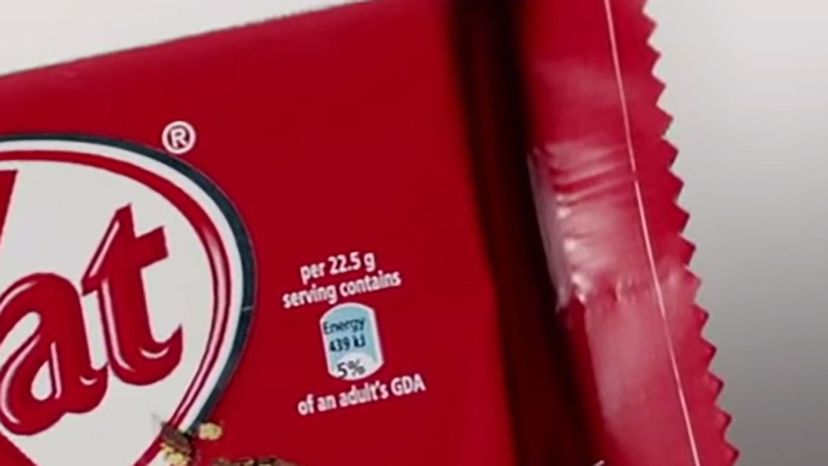
Gimme a break! What else could be concealed behind that bright red wrapper than the four chocolate-covered wafer fingers of a Kit Kat bar? Introduced in 1935, this sweet favorite was named for an old-school London establishment known as the Kit-Cat Club.

That dark brown packaging with the green flowing writing hides layers of chocolate, caramel and nougat. The Milky Way bar was introduced way back in 1923. Around the world it goes by other names and ingredients may vary.
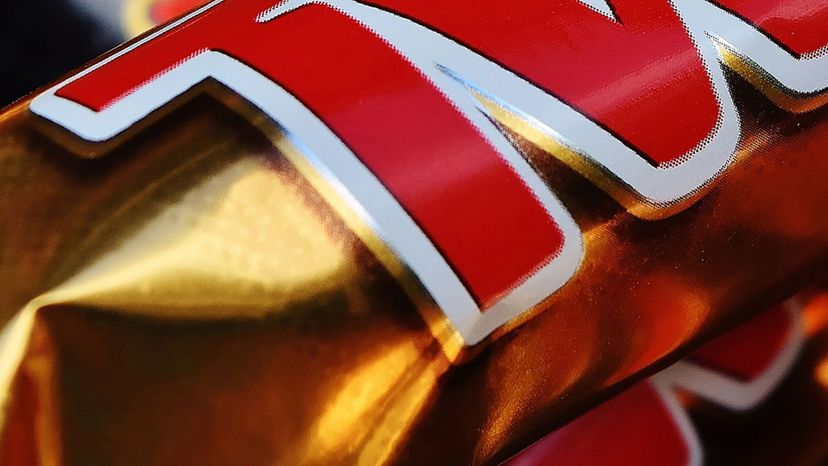
Left side or right side? It doesn't matter, as long as you are sinking your teeth into one of the two cookie and caramel segments that make up a Twix bar. Introduced in the 1960s, this caramel delight comes in a shiny gold wrapper with eye-catching red letters.
Advertisement
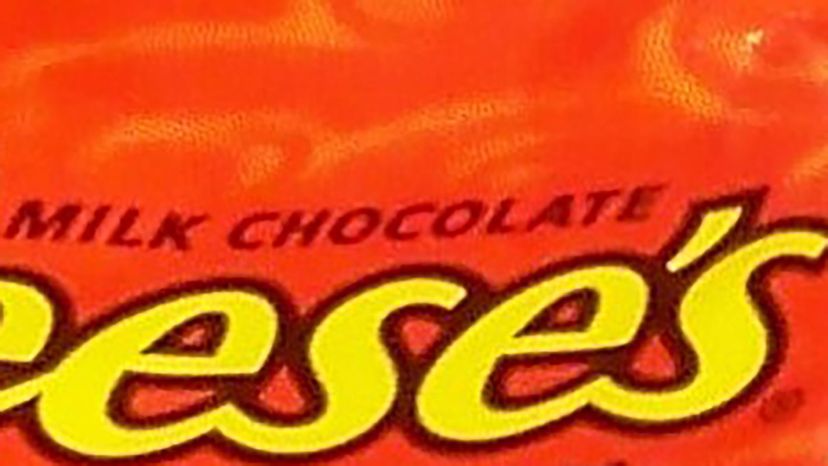
There's only one brand of sweet treat that uses this bold shade of orange for its wrapping. It's the classic Reese's Cups, consisting of a thick layer of peanut butter surrounded by creamy milk chocolate. For sale since the 1920s, this brand has been owned by Hershey since the '60s, and consistently ranks among the best-selling candies in the U.S.

Nobody better lay a finger on my Butterfinger! This golden wrapper with blue writing conceals layers of crispy goodness enrobed in delicious chocolate. Introduced by the Curtiss Candy Company way back in 1923, the Butterfinger brand was bought by Nestle in 1990.
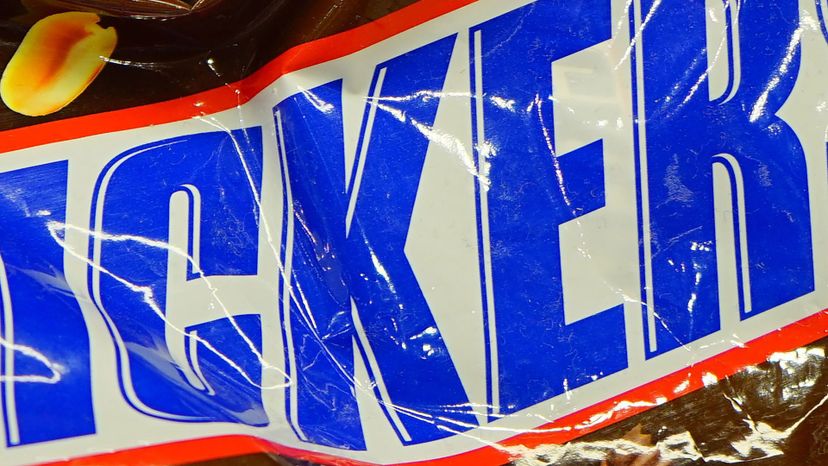
Believe it or not, this peanut-packed candy bar from Mars was named for a horse. Introduced in 1930, the Snickers bar comes in a brown wrapper with blue lettering and red and white accents. The peanut power is only heightened by sweet nougat, chocolate and caramel.
Advertisement
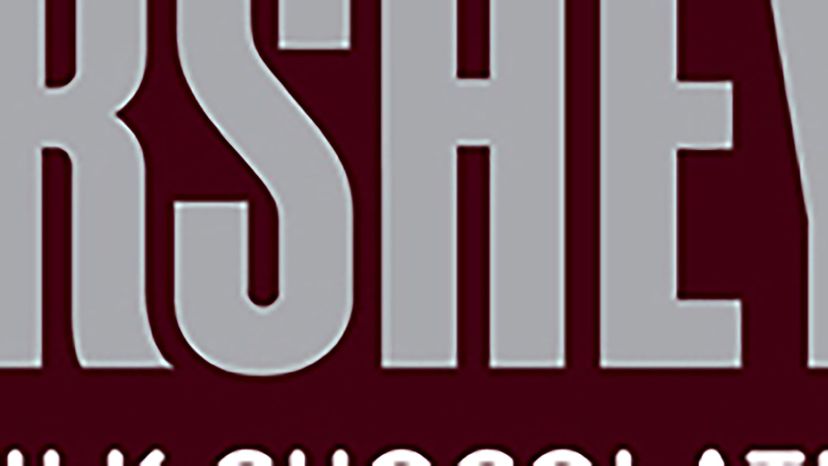
The Great American Chocolate Bar has been around since 1900, and sporting that brown-maroon wrapper with the metallic lettering for more than a century. The nutty Hershey Almond bar came out in 1908, and both have been satisfying the sweet tooth ever since.
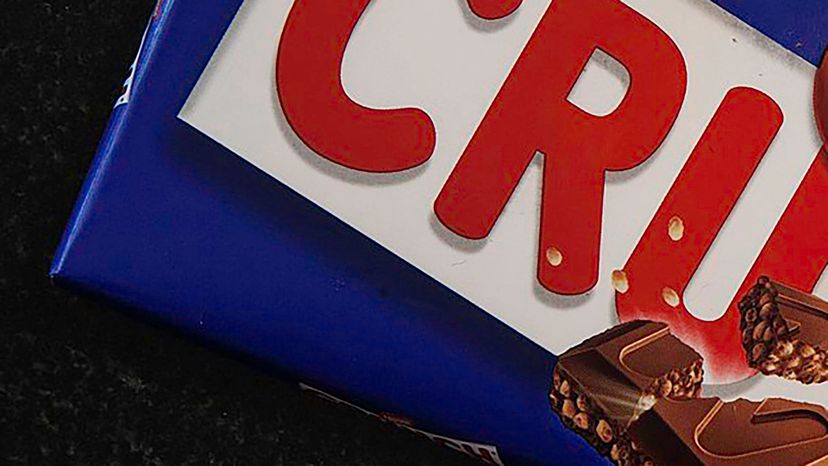
The year 1938 was the year of chocolate bars packed with crispy rice. Hershey released the Krackel, and Nestle came out with its iconic Crunch bar, complete with this blue wrapper with its red and white accents.
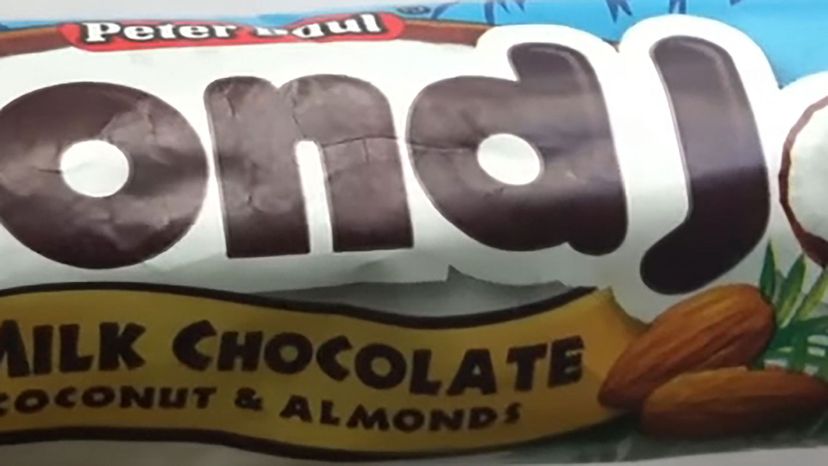
Stuck in the States but feeling the need for a tropical escape? The chocolate-coated coconut bars of an Almond Joy can take you away. Topped with a pair of almonds for a satisfying crunch, this candy sports a blue and white wrapper.
Advertisement
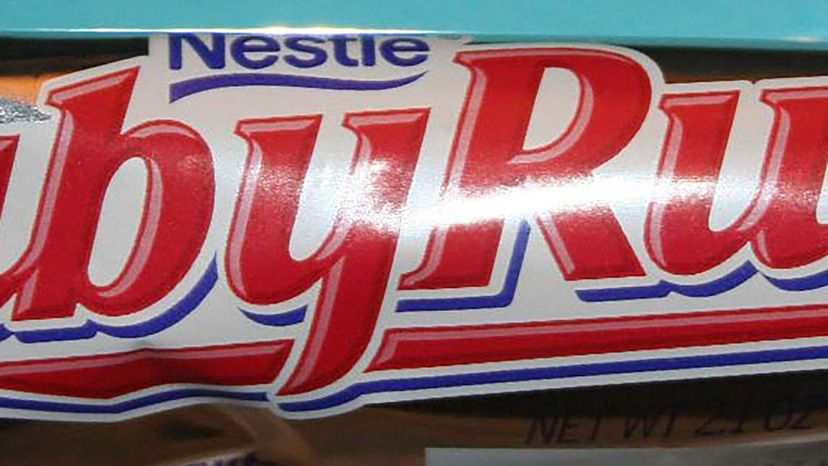
The Baby Ruth, with its silver and red wrapper, has been around since the 1920s. While this happened to be the same time period that Babe Ruth was gaining fame, the bar's maker claimed that the candy wasn't named for the baseball star. Instead, they insisted it was named for Grover Cleveland's daughter Ruth - who had died more than a decade earlier.
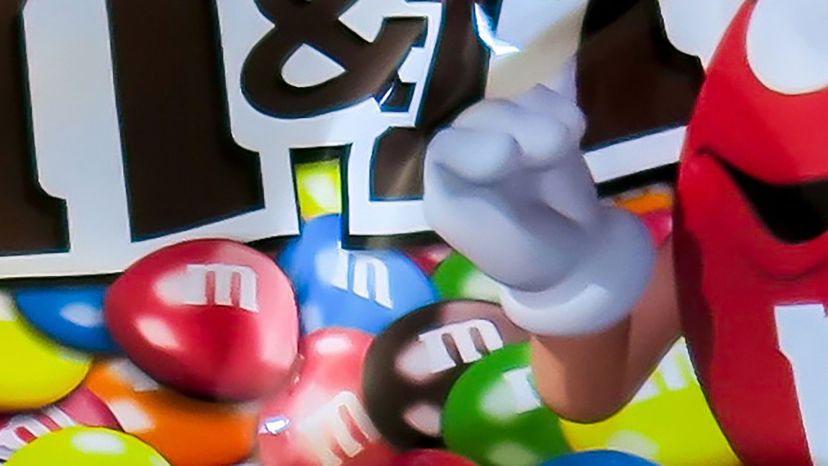
It melts in your mouth not in your hand, thanks to that colorful candy shell. Classic M&Ms candy comes in a trademark brown bag, while the peanut version of this treat sports a bright yellow package.
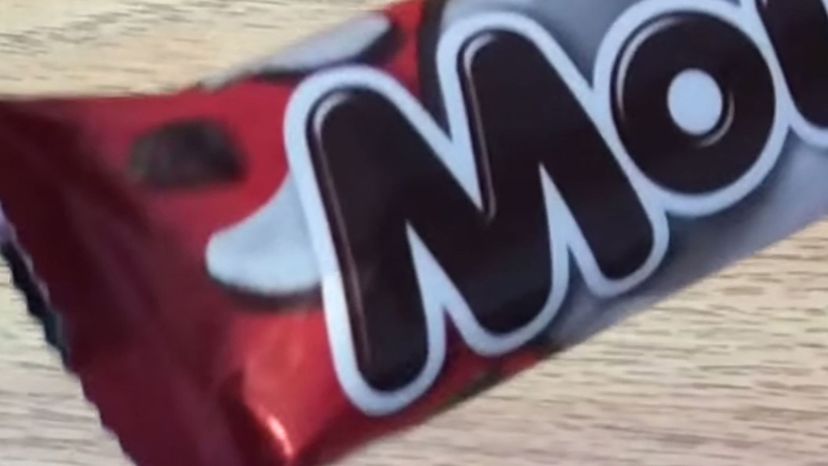
Mounds pre-dates Almond Joy by around 25 years. It came out in 1919, and a century later this coconut candy sports a red and white wrapping.
Advertisement
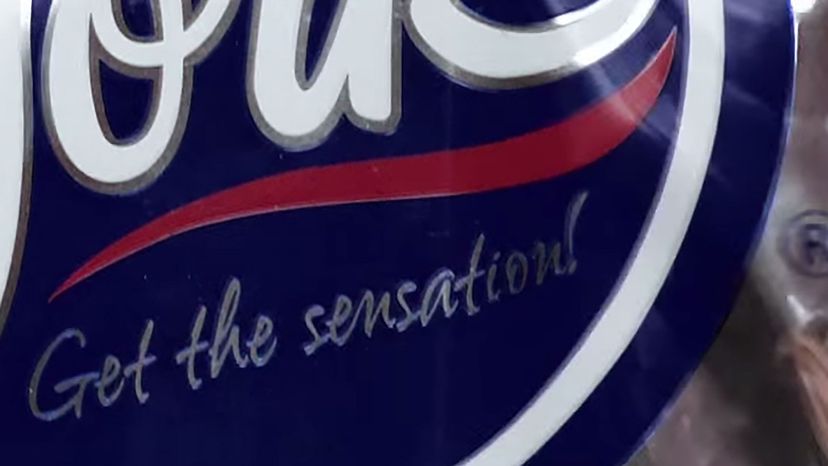
Need a rush of sweet minty goodness? Look no further than the York Peppermint Pattie. Once wrapped in silver paper, it's now encased in a shiny silver film for added freshness and tamper-resistance.
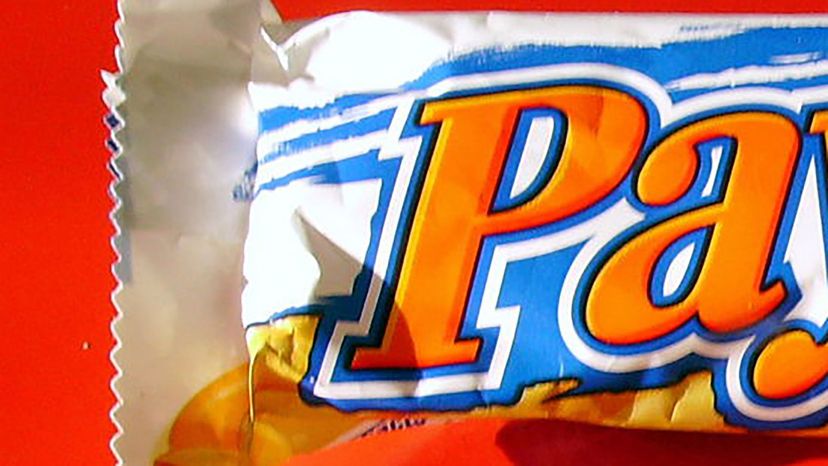
PayDay was created by the Hollywood Candy Company in 1932 and purchased by Hershey in 1996. This peanut, caramel and nougat treat comes in a white package with orange and blue accents.
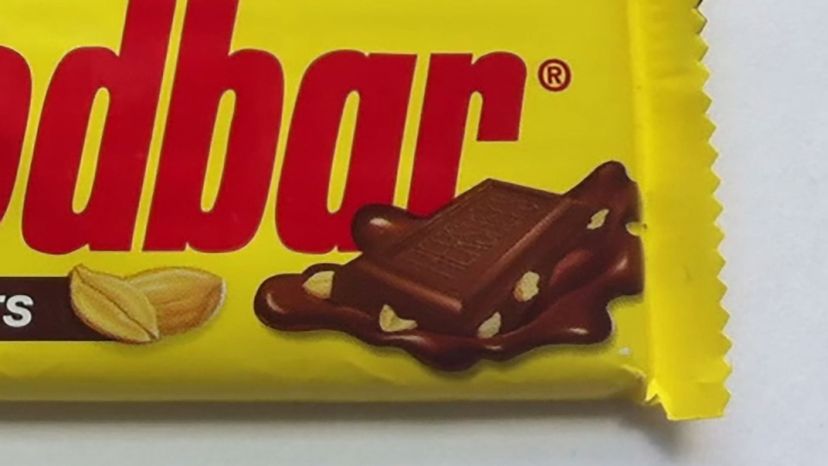
Peanuts and chocolate together... what's not to love? Mr. Goodbar, with its yellow wrapper and red lettering, has been around since 1925.
Advertisement
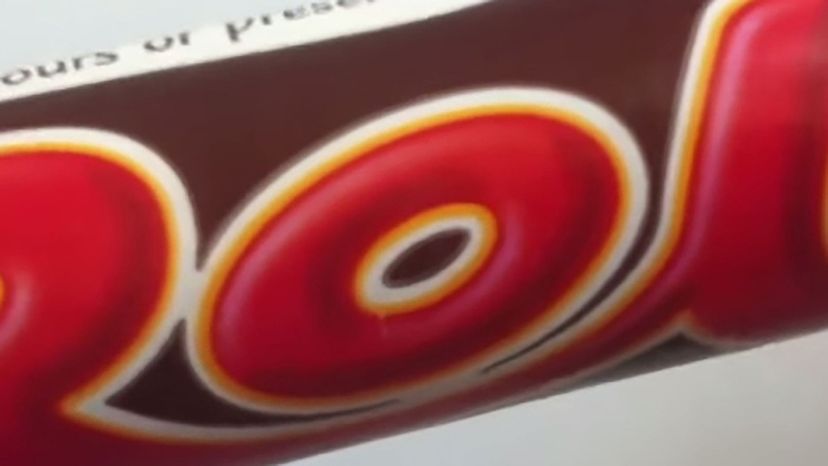
Rolo's wrapper perfectly represents the yummy treat concealed inside. The brown wrapping over shiny gold foil brings to mind the chocolate coating over chewy caramel that makes up this candy.
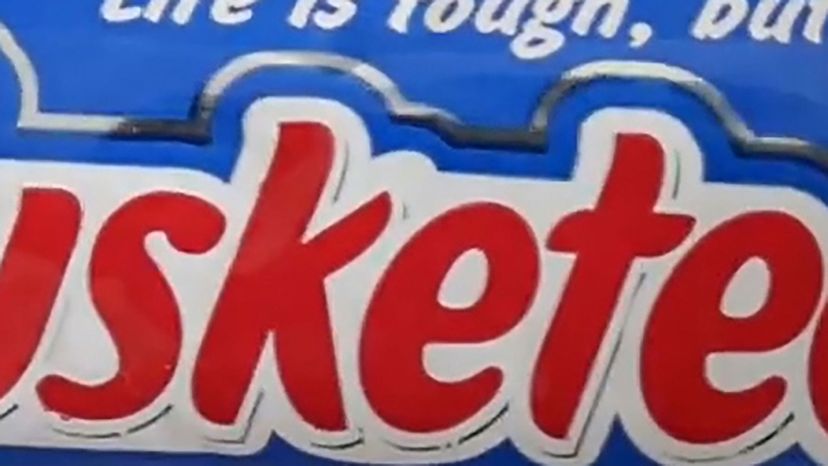
When 3 Musketeers came out in 1932, it was made up of three pieces - one each in chocolate, vanilla and strawberry. After WWII, two of the flavors were dropped in favor of yummy chocolate-covered nougat. Today, the bar is covered by a silver wrapper with red, white and blue lettering and accents, as well as yellow text proclaiming the bar's lower fat status.
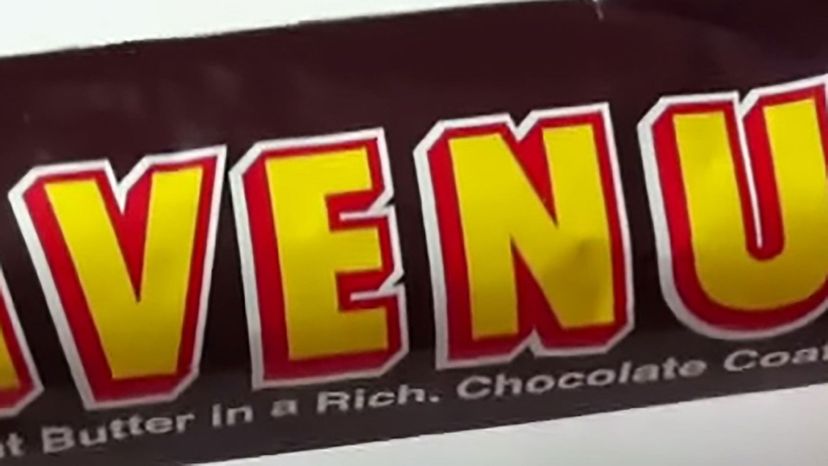
Named for the famous NYC shopping street, the 5th Avenue bar came out in 1936. The chocolate covered layers of crispy peanut butter are wrapped in brown film with bright yellow lettering.
Advertisement
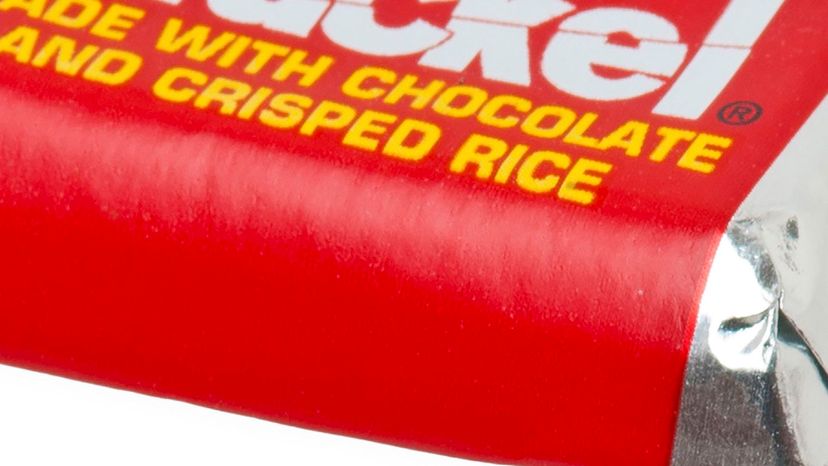
Krackel came out in 1938, the same year as the Nestle Crunch. This Hershey creation features chocolate filled with crispy rice, and sports a red and white wrapper.
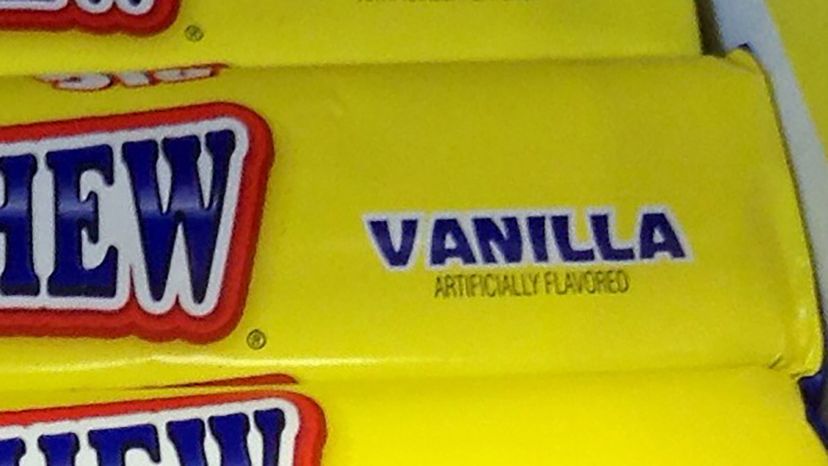
Named for the famous '20s dance craze, the Charleston Chew consists of chewy nougat coated in chocolate. The traditional version is wrapped in a bright yellow covering with blue and red lettering. This brand was created in 1925 by Fox-Cross Candy, but has been owned by Nabisco since 1980.
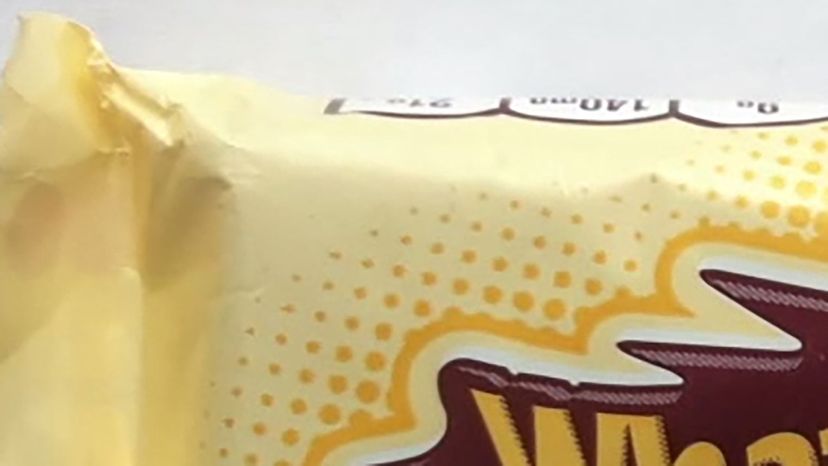
The wrapper on the Whatchamacallit sports as many colors as the bar contains ingredients. Shades of tan, peach, brown, orange, red and tan conceal a Hershey concoction made of wafers, peanut butter, caramel and chocolate.
Advertisement
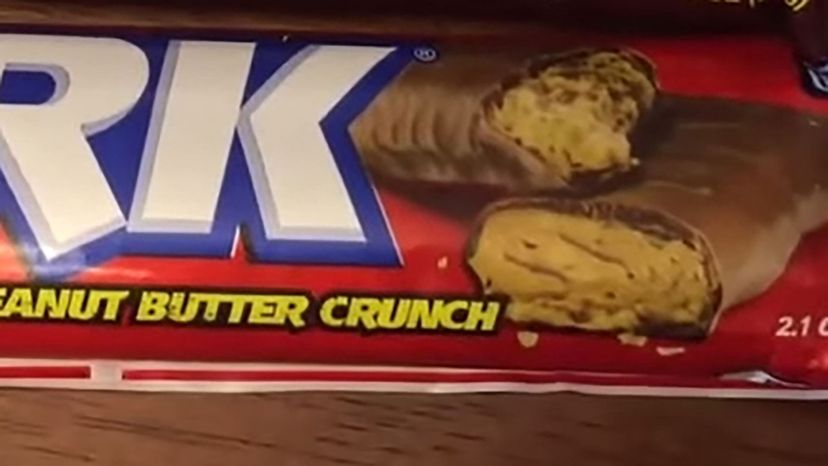
David Clark introduced his famous peanut, taffy and chocolate creation way back in 1917. In 2018 the rights, recipes and equipment were bought by the Boyer Candy Company. The Clark Bar sports a red wrapper with bold blue letters.
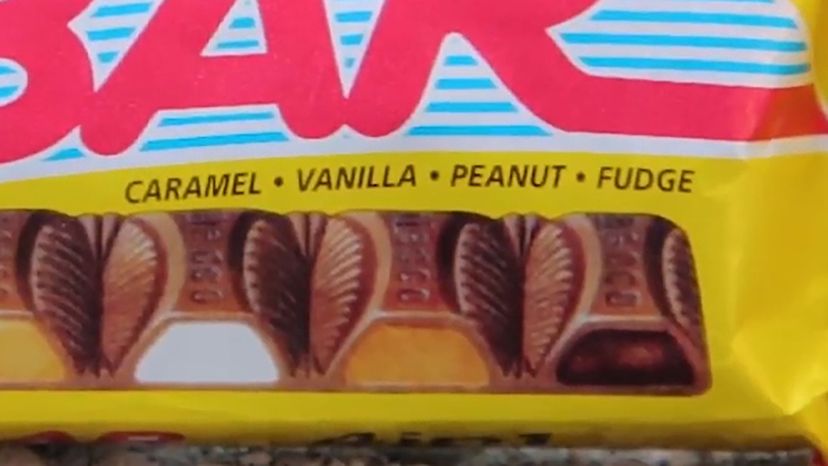
The Sky Bar is a classic candy that came out in 1938. Consisting of four squares filled with caramel, peanut, fudge or vanilla, this bar sports a yellow wrapper with red letters.
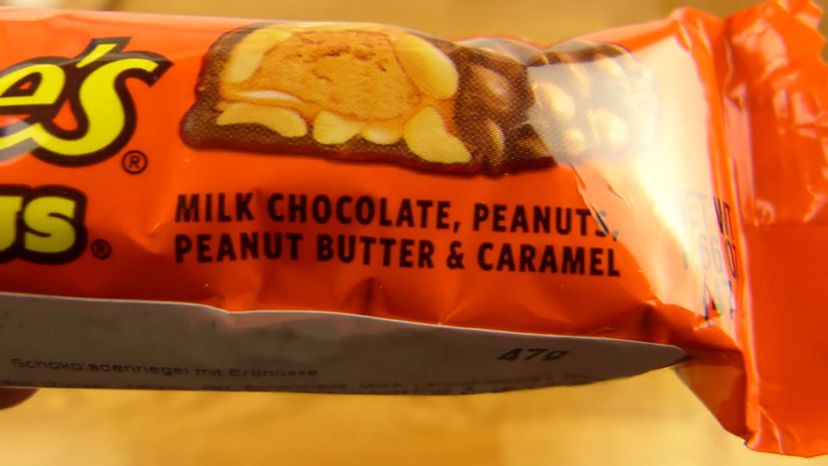
When you spot that shade of orange, you know it must be a Reese's. This treat is the Reese's Nutrageous, a peanut butter, peanut, caramel and chocolate candy that came out in 1994.
Advertisement
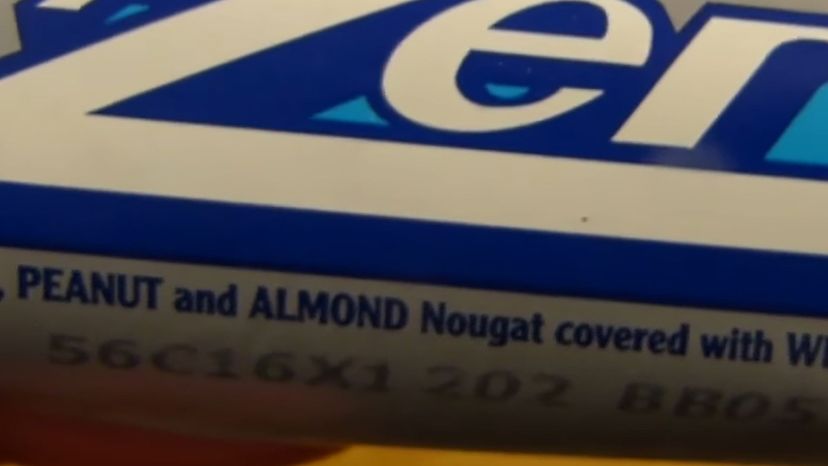
The Zero bar has been around since 1920. Coated in white chocolate and filled with caramel, peanuts and nougat, this candy bar is wrapped in silver with white letters.
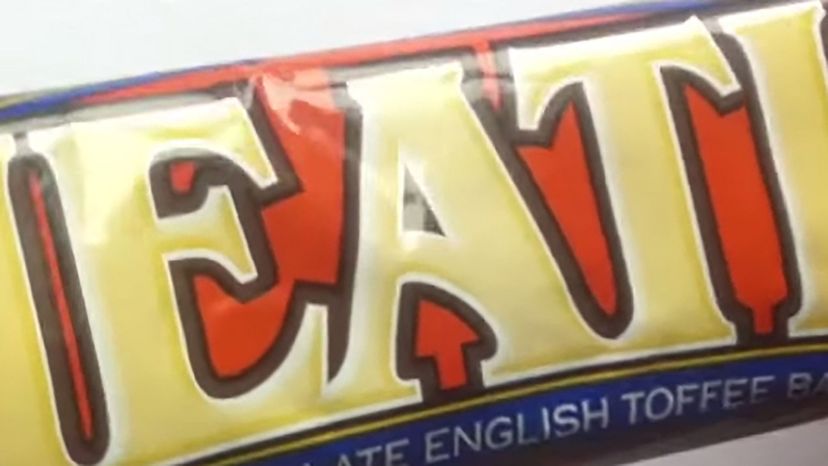
The chocolate-coated toffee of the Heath bar has been around for over a century. Purchased by Hershey in 1996, this bar now sports a brown, red and tan wrapper.
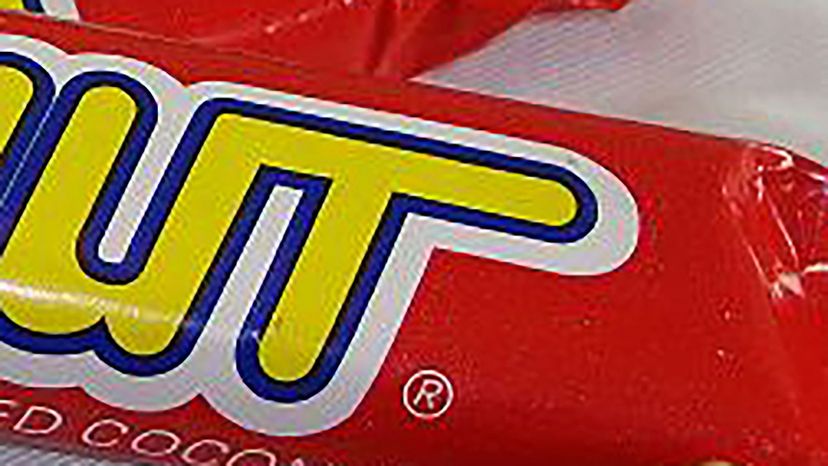
The D.L. Clark Company introduced the Zagnut way back in 1930. This unusual combination of toasted coconut, peanut butter and brittle sports a red and yellow wrapper, and has been owned by Hershey since 1996.
Advertisement
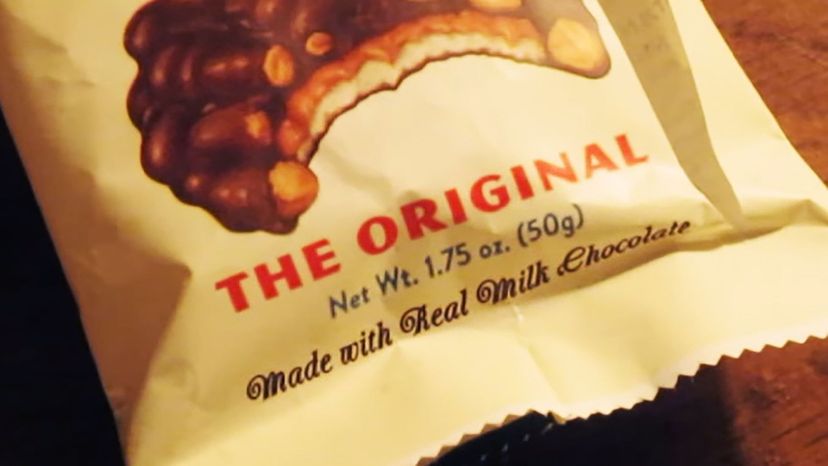
When the Goo Goo Cluster came out in 1912, it was sold unwrapped to eager candy-loving customers. The company started wrapping this marshmallow and peanut treat in the 1920s, and today it sports a white wrapper with accents in red and blue.
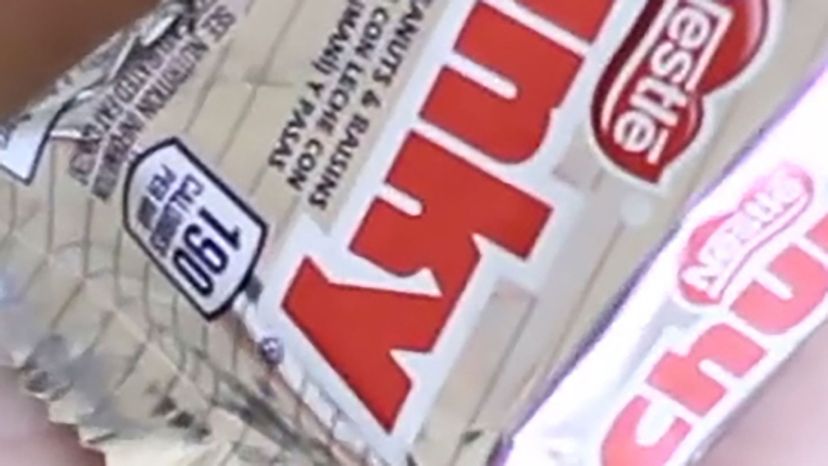
The Chunky bar came out in the '30s, and today is owned by Nestle. Consisting of chunks of peanut and raisin-filled chocolate, it's wrapped in a shiny silver film.
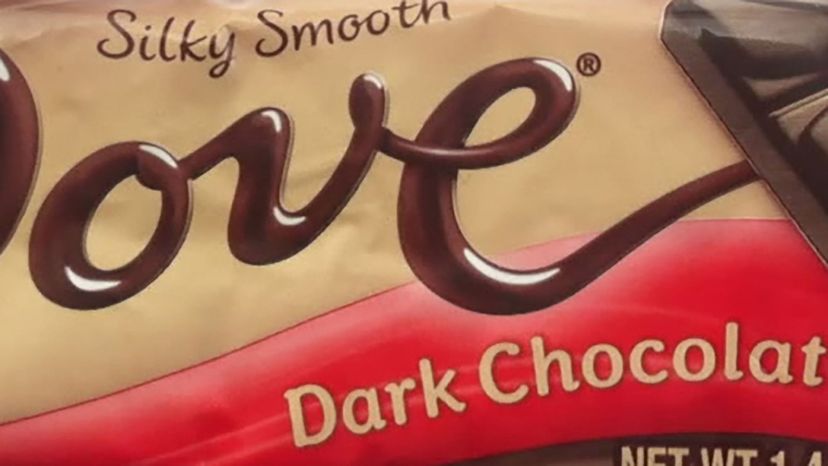
Dove started as a candy brand in the '30s, then branched into ice cream in the '50s. The creamy milk and dark chocolate was made into a candy bar by the 21st century, and is wrapped in blue and tan with a red or blue stripe.
Advertisement
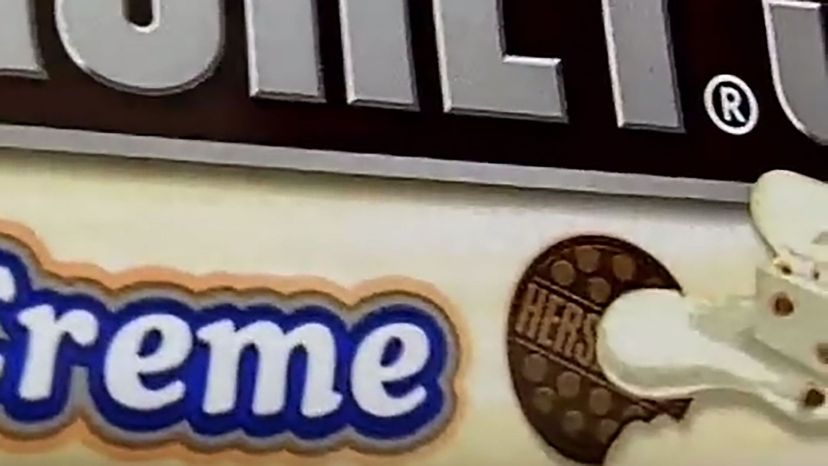
The Hershey bar came out in 1900, and 94 years later, the company brought out its Cookies 'n' Creme version. Made of blocks of white chocolate with cookie pieces mixed in, it's covered with a cream colored wrapper.
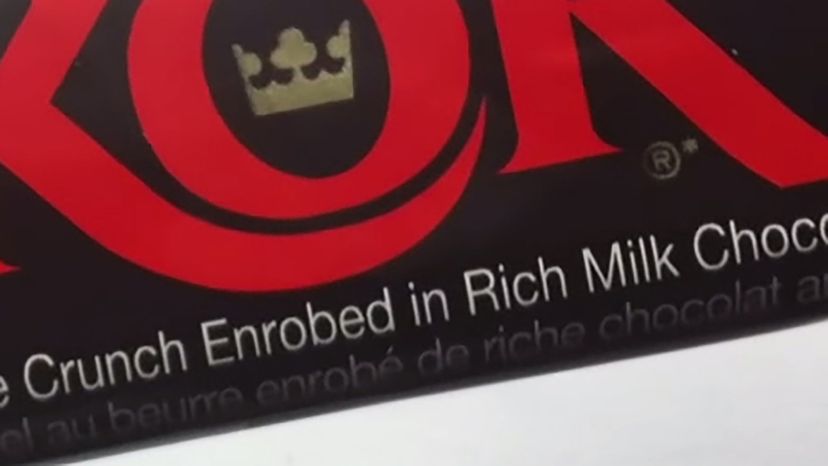
The Skor bar, which gets its name from the Swedish word for "Brickle," came out in the '80s to compete with the Heath bar. It sports a brown wrapper with orange-red lettering.
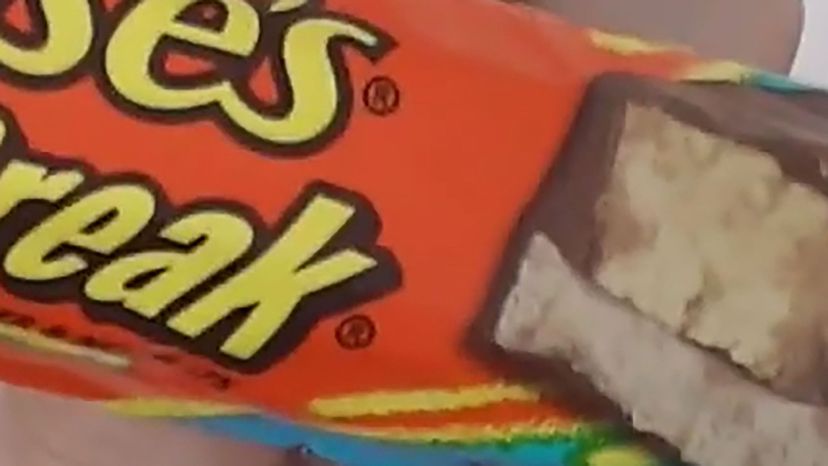
The Fast Break sports the traditional Reese's orange, with yellow and brown accents to boot. This peanut butter bar is complemented by a layer of nougat and a sweet chocolate coating.
Advertisement

The Dairy Milk Caramello features runny caramel surrounded by thick, creamy chocolate. The American version is made by Hershey and comes in a maroon, orange and red wrapper. Throughout the rest of the world, this bar sports the traditional Cadbury purple and yellow color scheme.
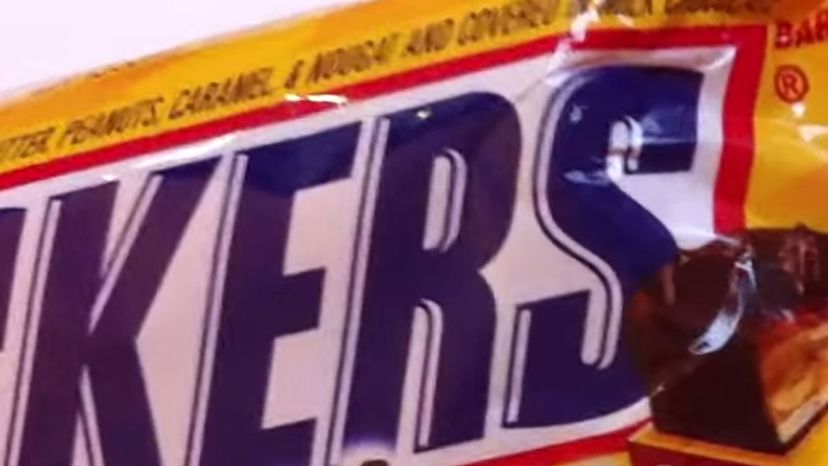
Mars brought out the Snickers Peanut Butter bar in 2010. Consisting of two squares filled with peanut butter and nougat, this bar is wrapped in bright yellow with a red, white and blue logo.

Introduced by Nestle in 1966, the 100 Grand bar features a bar of chocolate-coated caramel and crispy rice segments. It sports a red wrapper with white and yellow lettering. It was originally spoken as the "hundred thousand dollar bar."
Advertisement
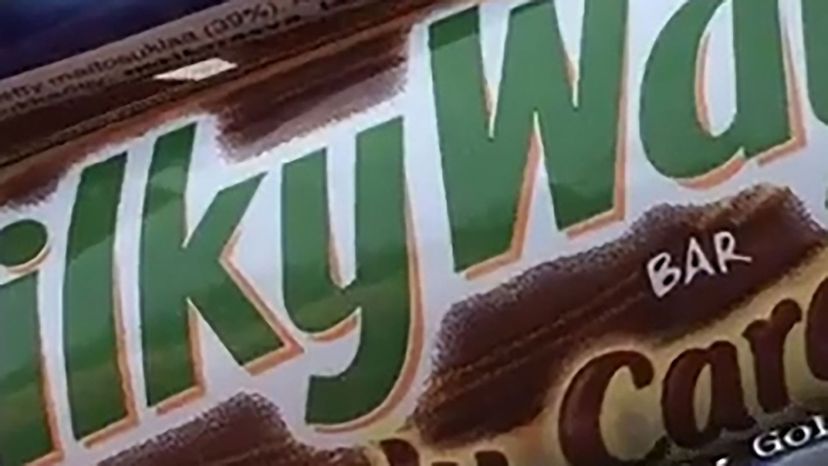
If you think the caramel is the best part of a Milky Way, Mars has you covered. The company released the Milky Way Simply Caramel in 2010. This all caramel bar is wrapped in a tan-gold film with traditional green Milk Way lettering.
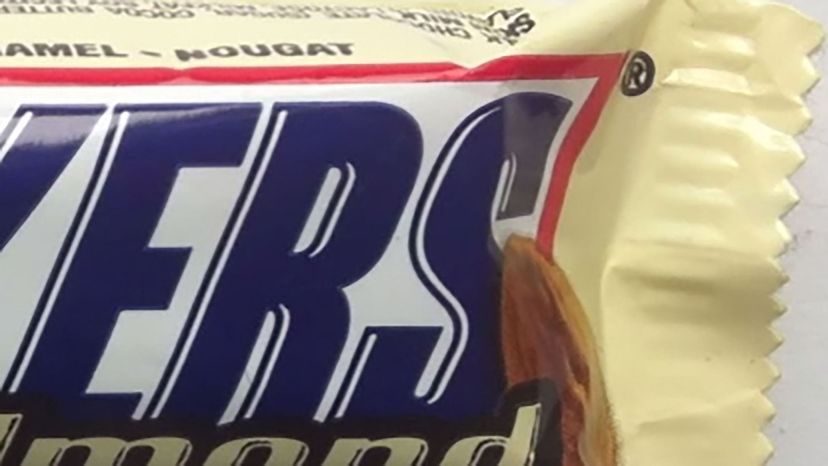
The Snickers Almond is similar to what the rest of the world knows as the Mars bar. A cream and brown wrapper encloses a chocolate, almond, nougat and caramel treat.
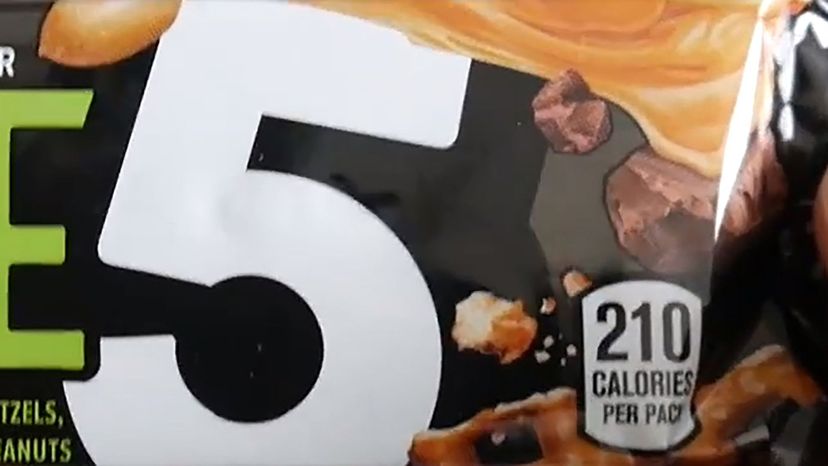
The Take 5 bar, with its pretzel, caramel, peanut butter and chocolate flavors, came out in 2004. Initially, it was enclosed in a red wrapper, but later the packaging was switched to black with green and white lettering.
Advertisement

Once known as the Milky Way Dark, the Milky Way Midnight came out in 1989. This dark-chocolate bar has marshmallow nougat and caramel enclosed in a black wrapper with white and yellow accents.